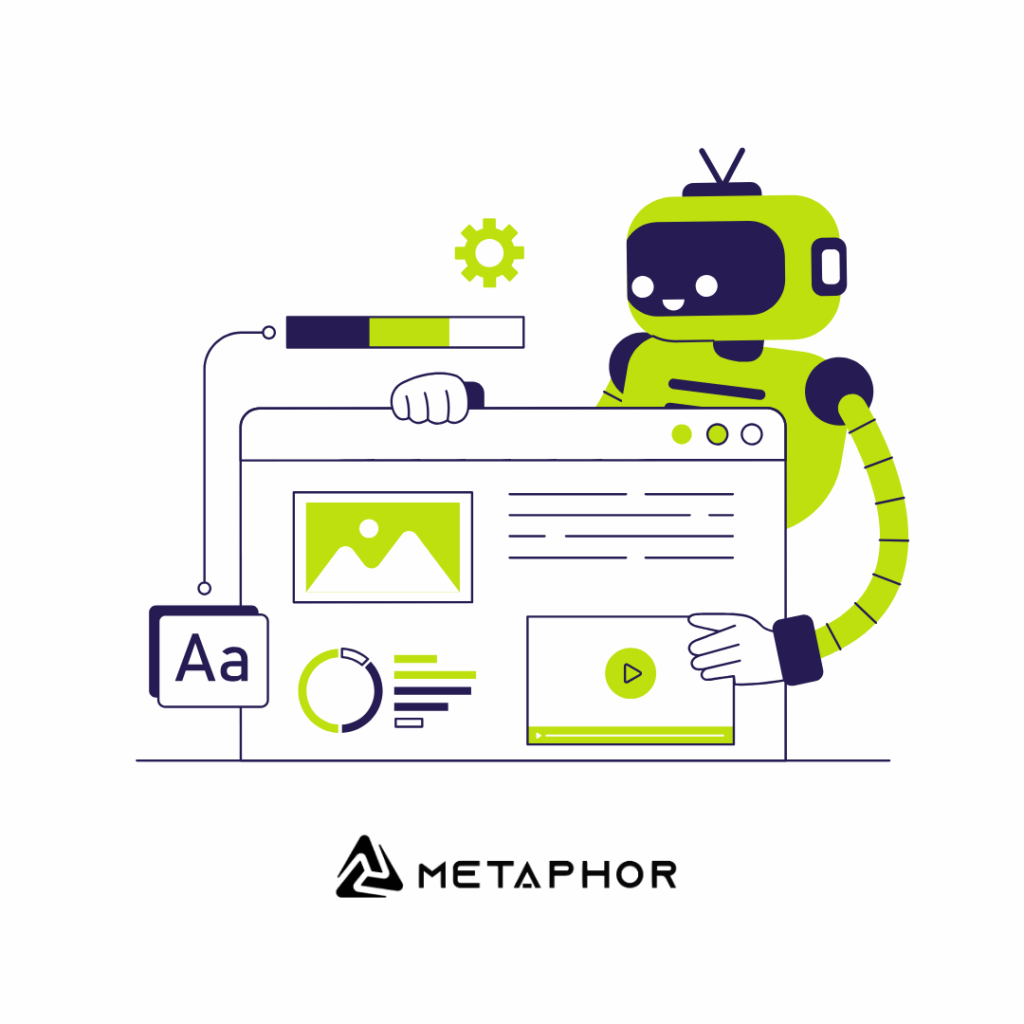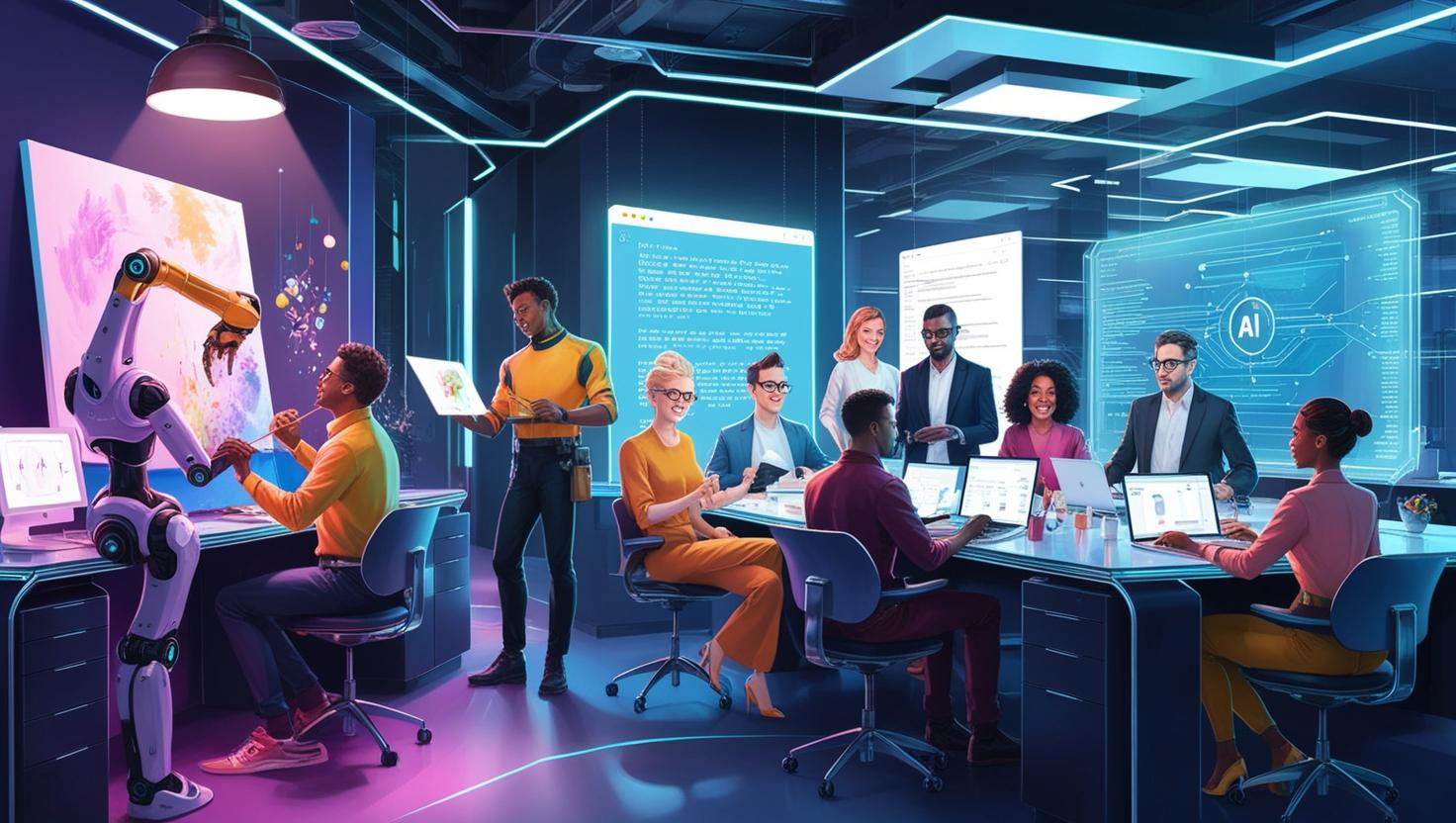The rise of generative AI has revolutionized how content is created, distributed, and consumed. From automating repetitive tasks to generating entirely new forms of media, AI-powered tools are reshaping industries like marketing, journalism, entertainment, and education. Here are five key ways generative AI is transforming content creation.
1. Automating Content Generation
One of the most significant impacts of generative AI is its ability to produce written, visual, and audio content at scale. Tools like ChatGPT, Jasper, and Copy.ai can generate blog posts, social media captions, product descriptions, and even entire eBooks in minutes.
- Speed & Efficiency: Writers and marketers can produce drafts faster, allowing more time for refinement.
- Multilingual Capabilities: AI can translate and localize content for global audiences.
- SEO Optimization: AI tools analyze search trends and suggest keyword-rich content.
While AI-generated text still requires human oversight for accuracy and tone, it significantly reduces the workload for content teams.
2. Enhancing Creativity & Ideation
Generative AI isn’t just about automation—it’s also a powerful brainstorming partner. Writers, designers, and video creators use AI to overcome creative blocks and explore new ideas.
- Content Suggestions: AI can propose headlines, story angles, and even plot twists.
- Visual Inspiration: Tools like MidJourney and DALL·E generate concept art, logos, and marketing visuals.
- Music & Audio: AI-powered platforms like Boomy and AIVA compose royalty-free music for videos and podcasts.
By augmenting human creativity, AI helps creators push boundaries without starting from scratch.

3. Personalizing Content at Scale
Consumers expect tailored experiences, and AI makes hyper-personalization possible. Generative AI analyzes user data to customize emails, ads, and recommendations in real time.
- Dynamic Email Marketing: AI crafts subject lines and body text based on recipient behavior.
- Adaptive Websites: Tools like Persado adjust web copy to improve engagement.
- AI Chatbots: Conversational AI (e.g., ChatGPT-powered assistants) provides personalized customer support.
This level of personalization boosts engagement and conversion rates while reducing manual segmentation efforts.
4. Streamlining Editing & Production
AI doesn’t just create content—it refines it. Editing tools powered by machine learning enhance quality and consistency.
- Grammar & Style: Grammarly and Hemingway Editor polish writing for clarity and tone.
- Video & Audio Editing: Descript transcribes and edits podcasts, while Runway ML automates video effects.
- Plagiarism Detection: AI scans content for originality, ensuring compliance with copyright laws.
These tools help creators maintain professional standards without extensive manual revisions.
5. Democratizing Content Creation
Generative AI lowers barriers to entry, enabling small businesses, independent creators, and non-experts to produce high-quality content.
- Affordable Design: Canva’s AI tools help non-designers create professional graphics.
- Automated Video Production: Synthesia and Pictory turn text into AI-narrated videos.
- AI-Assisted Journalism: Tools like Heliograf generate news reports from data feeds.
This democratization fosters innovation and allows more voices to participate in digital storytelling.
The Future of AI in Content Creation
While generative AI offers immense benefits, ethical concerns—such as misinformation, deepfakes, and job displacement—remain critical challenges. The best approach is a hybrid model where AI handles repetitive tasks while humans focus on strategy, creativity, and oversight.
As AI continues to evolve, content creators who embrace these tools will gain a competitive edge—delivering richer, faster, and more personalized experiences to their audiences.
Would you like me to expand on any specific section or add case studies/examples?




